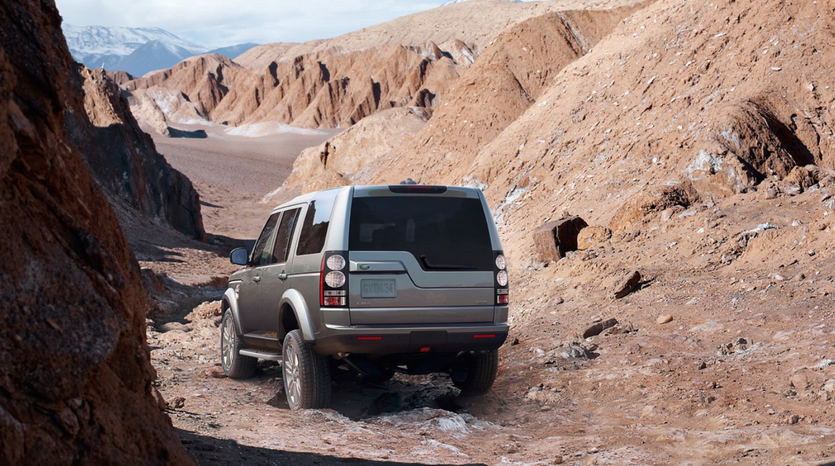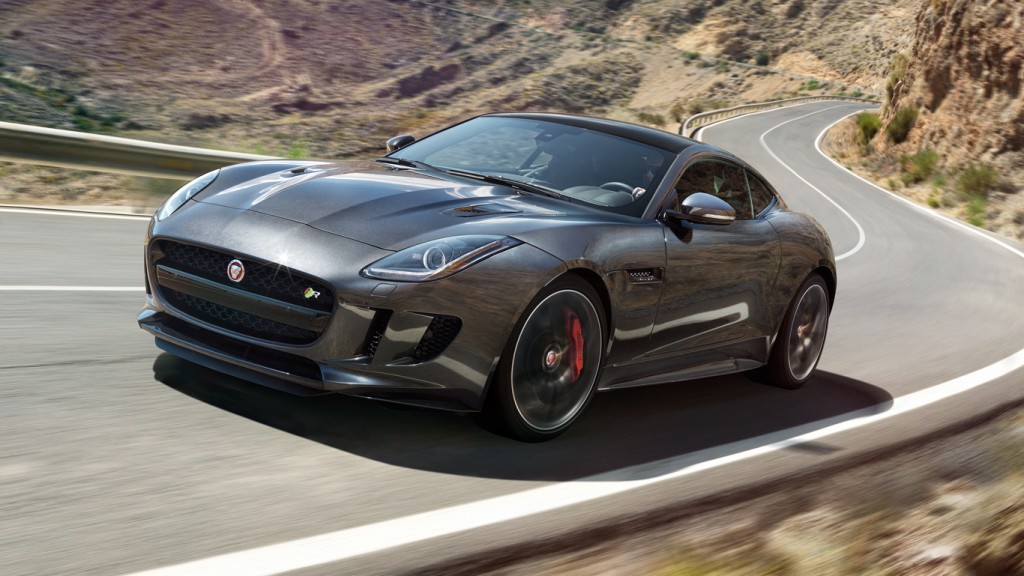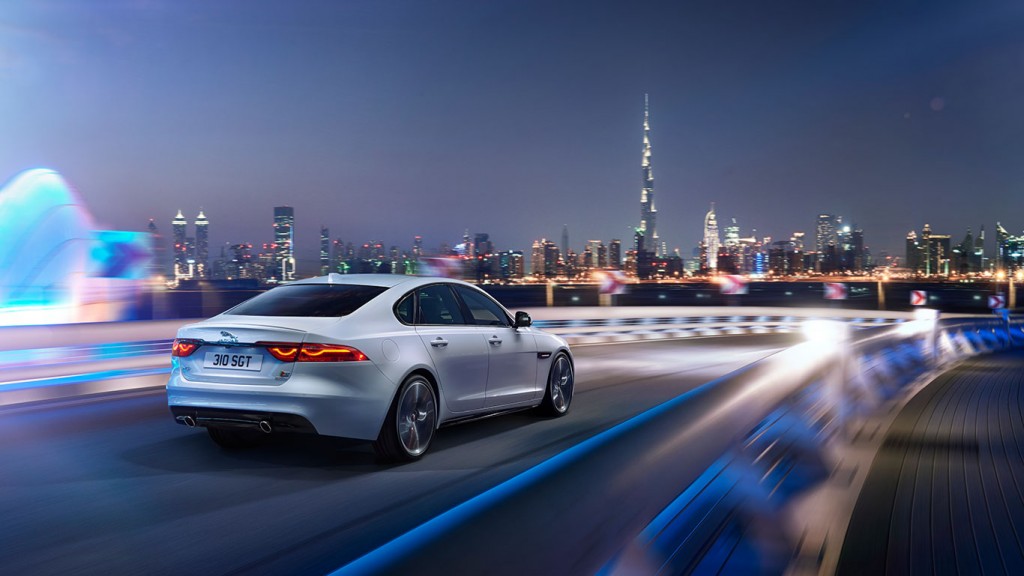It’s seemingly self-explanatory. Front-wheel drive powers the front wheels, rear-wheel drives the back wheels, and all-wheel drive powers all the wheels – you get the picture. Still, while the basic differences between wheel drives are evident in the name, many of us may not be clear on their strengths and limitations. In this post we will explore the four most common consumer wheel drives: front-wheel drive, rear-wheel drive, all-wheel drive, and four-wheel drive. Hopefully by the end, you will have a better idea what each wheel drive has to offer, and which one is right for you.
Front-Wheel Drive
Front-wheel drive is simple. The engine, transmission, drive gears, and differential are all a single unit that power the front wheels only. FWD is typically more fuel efficient, has great traction, is more stable at high speeds, costs less, and can accommodate larger cabin space due to the consolidation of mechanical components in the front of the vehicle. Because of these benefits, FWD is very common.
Drawbacks of having the entire powertrain consolidated to one unit over the front wheels include: Reduced traction when accelerating because of weight transferring to back wheels, heavy wear on the front breaks, and heavy wear on the front tires – all the result FWD’s front concentrated weight.
Rear-Wheel Drive
As a rule, most high performance and luxury vehicles are rear-wheel drive. This is because RWD offers superior braking, handling, and acceleration when compared to FWD vehicles. The key to their improved performance lies in weight distribution. Rear-wheel drive vehicles transfer the power from the engine in the front, to the back wheels using a drive shaft. During acceleration, some of the car’s weight shifts to the rear and increases the traction of the rear driving wheels. Still, the engine weight over the front wheels adds enough traction in all four wheels to improve braking and handling for RWD cars.
If you’re looking for a sporty ride, this wheel drive will not steer you wrong. However, RWD cars do not deal with slippery conditions as well as FWD and AWD cars do. Remember to take it easy in bad conditions and follow the rules of the road no matter what car you’re in.
Four-Wheel drive
Four-wheel drive vehicles are built to make it out of anything. They are great for getting out of low-traction situations like driving through mud, sand, snow, or ice. Vehicles usually start out in RWD and are equipped with 4WD which can be manually or automatically activated. It’s important to note that these vehicles should not be driven in 4WD when it’s not needed because they are not equipped with the proper differentials to compensate for differing wheel speeds under normal traction. Low traction allows the wheels to slip more freely than concrete, reducing the need for very complicated AWD differentials.
Some disadvantages of 4WD vehicles are their increased weight and component size, which reduces fuel efficiency and car space. Otherwise having 4WD can be a great help in those sticky situations.
All-Wheel Drive
All-wheel drive vehicles combine the traction benefits of rear-wheel and front wheel drive into a powerhouse of stability and performance. Every all-wheel drive system is different, but they all transfer the power of the engine to all four wheels at once, using multiple differentials to compensate for differing wheel speeds. Unlike the 4WD system, AWD is always activated, and therefore it is always reaping the traction and handling benefits. These cars are known for their quick acceleration, all weather handling, safety, and reliability in low-traction situations.
With all that being said, AWD is not as effective as 4WD for low-traction control. AWD like 4WD also weighs more and is larger, which cuts down on fuel efficiency and cabin space.
Picking Your Wheel Drive
As with any vehicle, you have to weigh the pros and cons of your purchase. Take a look at your lifestyle and identify your needs in a vehicle. Be realistic about what you want to do with your ride, and make your decision based off what is going to work best for you. If you have any questions about our FWD, RWD, AWD, and 4WD car models, feel free to get in touch with us or come by Jaguar Land Rover Cary for a test drive.







